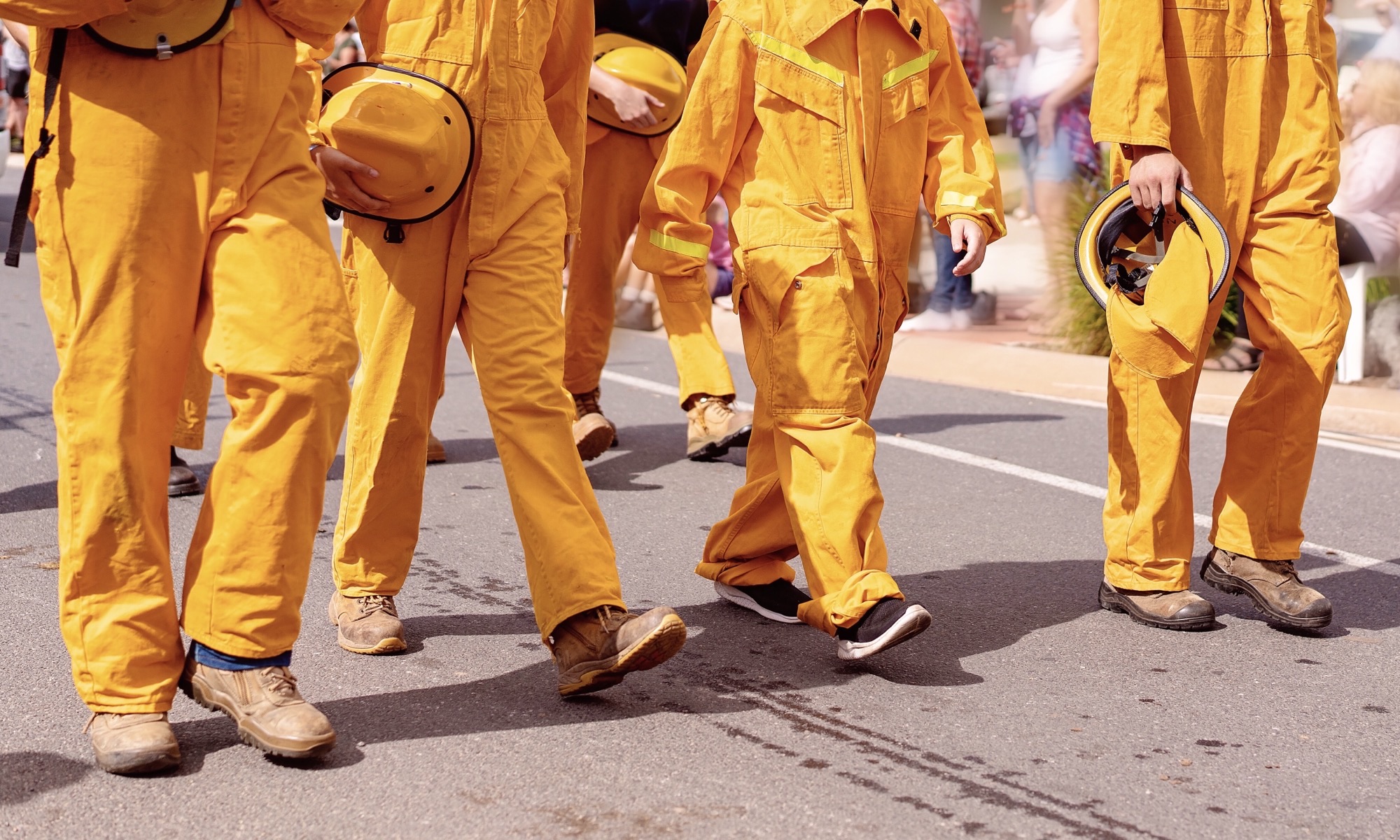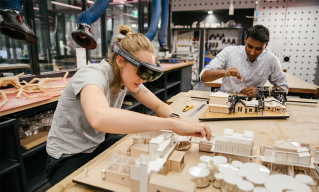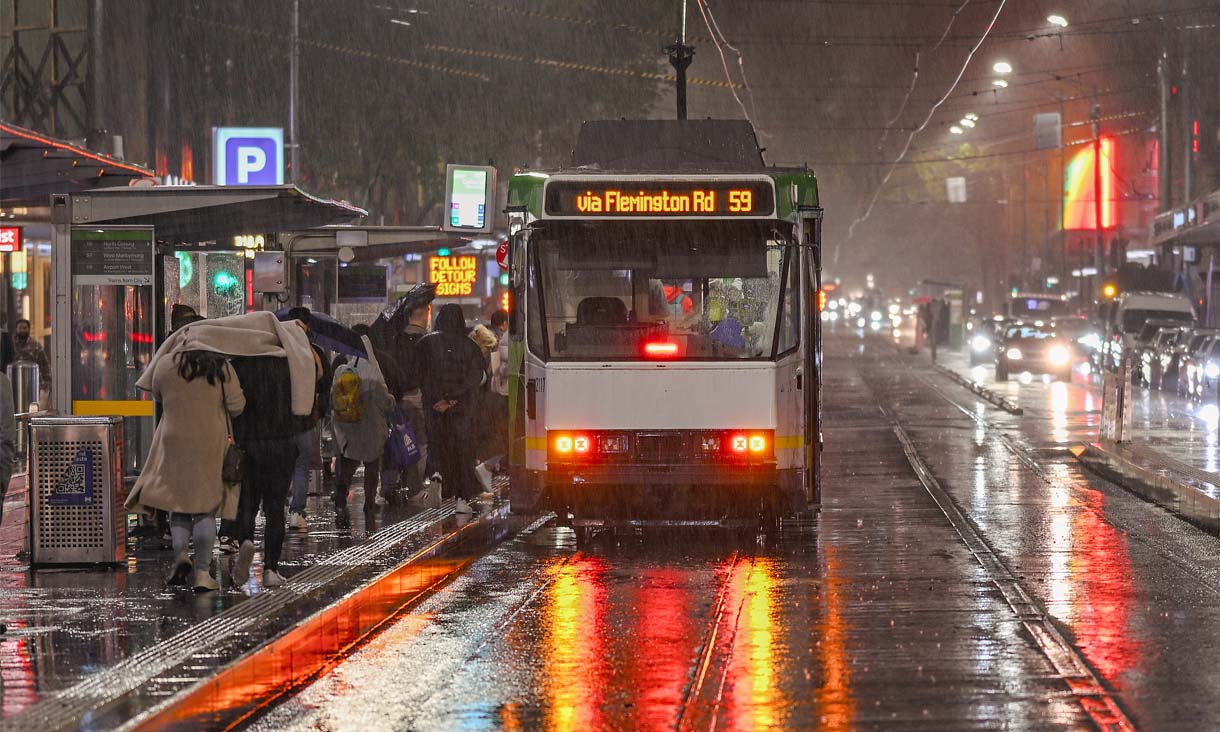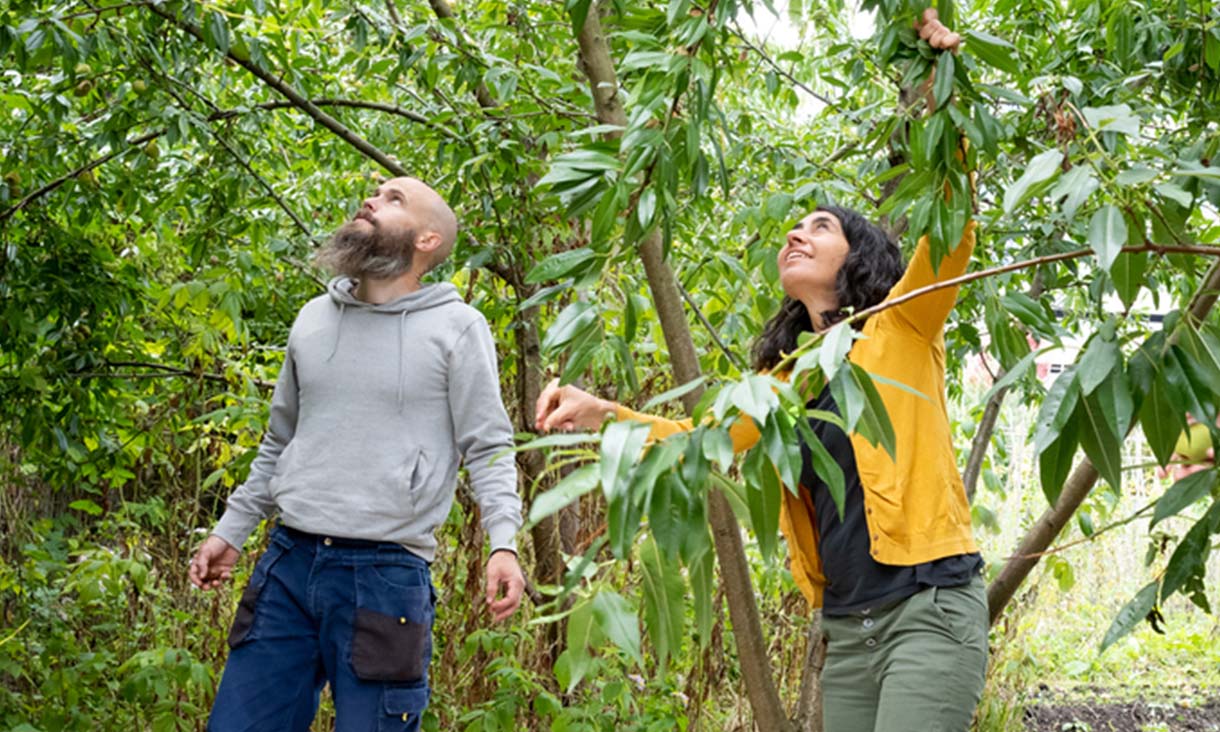As many parts of Australia continue to brace against ongoing bushfire threat and others begin the huge task of recovery and rebuilding, RMIT experts respond to events so far and share their insights on the challenges that lie ahead.
Policy and planning
Associate Professor of Sustainability and Urban Planning in the Centre for Urban Research (CUR) Andrew Butt said we urgently need to consider where we build communities as our growing population increases demand for housing.
“Fire risk is significant for rural communities, but also in rapidly growing urban fringe areas, peri-urban communities and coastal towns. These areas are popular locations but making them fire safe is difficult,” he said.
Michael Buxton, Emeritus Professor Environment and Planning, agreed, describing Australia’s current land use planning systems as a 'time bomb' of catastrophic proportions given the certainty of increased risk under climate change scenarios.
“The recent bushfires have reinforced findings from earlier Royal Commissions and studies that scattered housing in rural landscapes and rural-residential housing on the edge of towns are at greatest risk from bushfires,” Buxton said.
Resilience and preparedness
Speaking about planning and resilience, CUR research fellow Dr Briony Towers said children have an important role to play and shouldn’t be excluded from bushfire risk management.
“Children have the capacity to understand bushfire risk and they often identify problems and issues that others overlook,” Towers said.
“For example, they can educate their families about local bushfire risks, get involved in household bushfire planning and preparedness, develop emergency plans for their pets, provide input on school bushfire plans and procedures, monitor weather fire conditions and warnings and implement strategies for protecting native wildlife.”
She said schools can play an integral role in building children’s capacities. Bushfire is now included in the Australian curriculum and this provides a valuable opportunity to increase bushfire knowledge and preparedness in Australian households and communities.
Research has shown that connected communities also fare better in general when responding to disasters like bushfire.
Associate Professor and design researcher Yoko Akama researches the role of user-centred design in disaster management and preparedness and said being socially connected to your local community can buffer the impact when disaster strikes.
“Community networks provide crucial structures for channelling critical information, facilitating peer-to-peer influence to identify and manage risk and manage the targeting and sharing of resources before, during and after disasters."
Senior Lecturer 2019 RMIT Europe Fellow Dr Nader Naderpajouh also researches community resilience and said communities, not infrastructure are key.
“Resilient communities know how to use their systems and infrastructure in response to disruptions,” said Naderpajouh.
“To be resilient we need to be proactive, so we should start thinking about resilience in infrastructure planning more than anything.”
“Despite it being seen as a resource intensive and lengthy process, collaborative decision making creates a sense of community and embeds solutions within the community, trumping the challenges.”
Trauma and recovery
With firefighters facing one of the longest and most severe bushfire seasons on record, Dr Mirella Di Benedetto said being aware of mental health and wellbeing and knowing how to recognise the signs of post-traumatic stress disorder was critical.
"It is well known that firefighters and other first responders are at heightened risk of PTSD and it will be most likely to occur in the coming months once the fire season is over,” Di Benedetto said.
“It’s crucial that firefighters are able to recognize PTSD and other mental health issues and to get treatment if needed as soon as possible.
She said people may also feel a sense of helplessness or hopelessness even if not directly impacted and recommended donating time, money or resources as a great way to help.
Finally, for those who have lost homes, land or possessions, clinical psychologist and lecturer Dr James Collett said it’s important to acknowledge just how traumatic this experience can be.
“Many survivors report feeling that there was a stigma against grieving for the loss of one’s home and possessions when no loss of life had occurred. We need to support bushfire survivors by not placing conditions on their grief,” Collett said.
“Possessions are tightly bound to our identity and personal meaning, so psychologically, sentimental value is far more important to our wellbeing than monetary value.”
He said one of the most difficult things for fire survivors to cope with was that they must depend on others for access to basic possessions and utilities.
Story: Grace Taylor
RMIT expresses its deepest sympathy for the hardship and loss resulting from the bushfires across the country, which has also personally affected staff and students in the RMIT community.
Support is available for all RMIT staff and students through our Employee Assistance Program and RMIT Student Connect.




